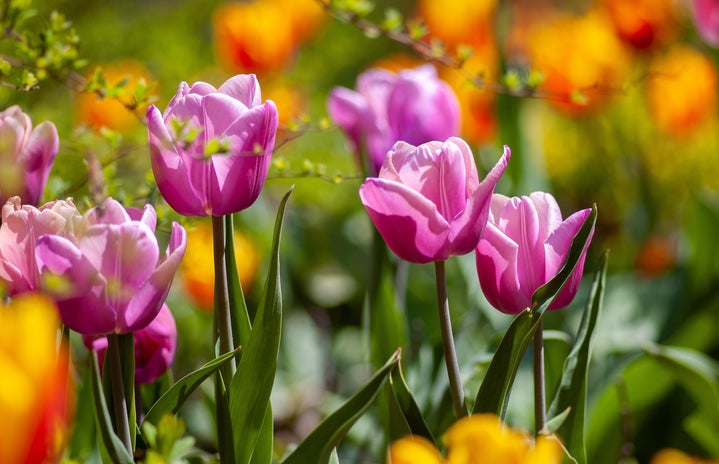Among the beautiful things that nature has given us, flowers remain one of the most beautiful of all. The power of a flower to make a human smile is unmatchable, but what if I tell you that around 200 years ago, an annual festival by the florists of Delhi started, right in the city of Mehrauli? The festival’s name, Phoolonwalon ki Sair, translates to ‘a procession of florists’. The festival usually takes place at the end of monsoon and at the start of winter.
This legacy goes back to the era of Bahadur Shah Zafar, the last official Mughal Emperor. The festival started in the memory of the ruler’s brother, Mirza Jahangir’s memory, and soon became a symbol of diversity. When denied succession by the British Resident, Mirza Jahangir fired at Seton (The British Resident) as he was leaving but missed the shot. Seton turned his horse back and asked Prince Mirza to apologize but he refused. Soon he was sent to exile to Allahabad in 1812 by the British. The prince’s mother Queen Mumtaz Mahal II kept a vow that when his son returned, she would offer a chaddar (sacred cloth) and floral pankha (fan) at the shrine of Hazrat Qutubuddin Bakhtiar Kaki and a canopy at Yogmaya Mandir. This amalgamation of both Hindu temples and Muslim shrines turned the return of the prince into a symbol of communal harmony.
The festival paused during times of turbulence in India’s political history, precisely during the 1857 Revolt and again in the 1940s, right up till the Partition. It was later revived in 1961 by the then Prime Minister, Jawaharlal Nehru on the wish of the philanthropist, Yogeshwar Dayal. With changing times, it became a festival of diversity with extravagant displays of flowers like roses and chamelis (jasmine) sourced from the gardens of Taj and Fatehpur Sikri. Today, some of the elements that feature in this unique procession include the chaddar made up of flowers for the tomb of Hazrat Qutubbudin Bhakhtiar Kaki and the canopy offered at the Yogmaya temple in Mehrauli. The route of the procession starts through Mehrauli to the fountain(Jharna) led by shehnai players and then to the ship-shaped Jahaz Mahal.
Today, the procession is celebrated with pomp and show, inaugurated first by offerings to the Lieutenant Governor of Delhi. It follows the 200-year-old route from Chandni Chowk to Mehrauli. The festival, Phoolonwalon ki Sair, stands as a living testament to the enduring spirit of communal harmony and the rich cultural heritage of Delhi. It symbolizes the unity of people from diverse backgrounds, reflecting the beauty and diversity of not only flowers but also the tapestry of India’s cultural traditions.


